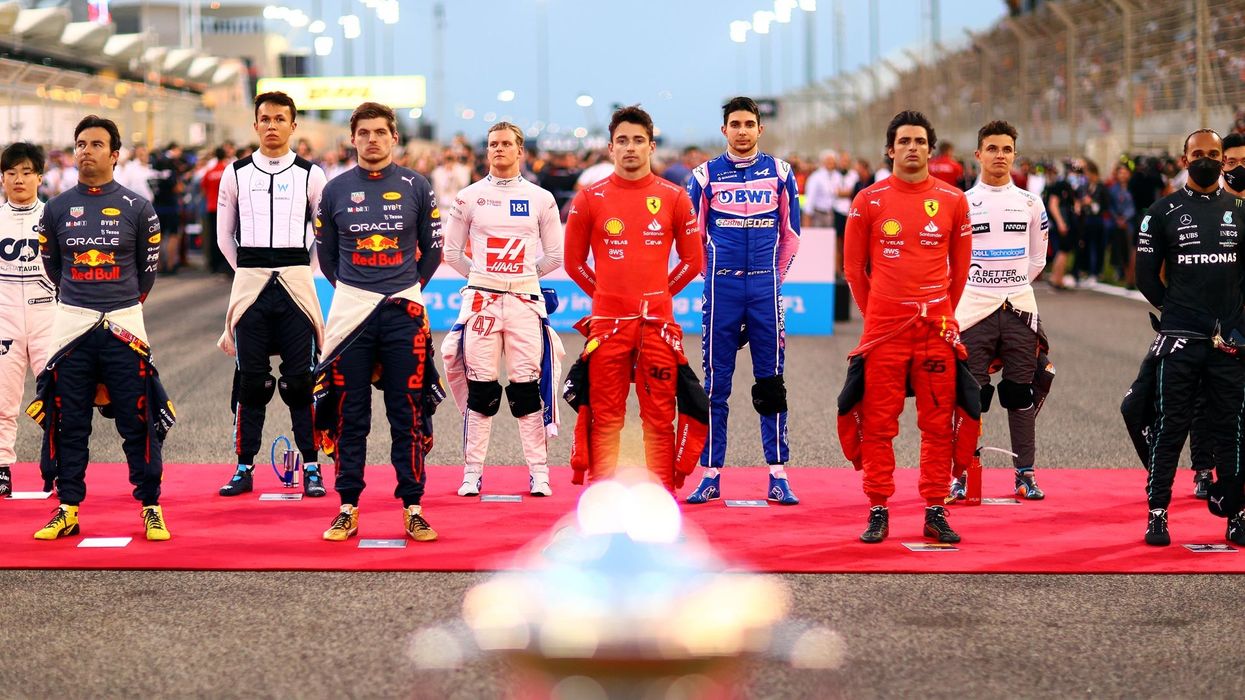What Are Some Storytelling Lessons from Netflix's Drive to Survive?
Yes, like all of you, I love Drive to Survive.

In the past few years, Netflix's Drive to Survive has taken the world by storm, captivating viewers with its inside look into the high-stakes world of Formula 1 racing. The docuseries has been praised not only for its stunning visuals and intense sound effects but also for its compelling storytelling.
By focusing on the drivers, their teams, and the conflicts and tensions that arise between them, Drive to Survive has managed to make a sport that might seem inaccessible to many viewers more relatable and engaging.
In this article, we'll explore some of the storytelling lessons that can be learned from this groundbreaking series, and how they can be applied to other forms of storytelling.
Let's drive together.

What Are Some Storytelling Lessons from Netflix's Drive to Survive?
Netflix's Drive to Survive is a popular docuseries that provides an inside look into the world of Formula 1 racing. Here are some storytelling lessons that can be learned from the series:
Show, don't tell: Drive to Survive does an excellent job of showing the drama and excitement of Formula 1 racing rather than simply telling the audience about it. The series uses stunning visuals, intense sound effects, and dramatic music to immerse viewers in the world of F1.
Characters and their stories: The series focuses on the drivers and their teams, showcasing their personalities, motivations, and struggles. By highlighting these characters and their stories, Drive to Survive creates an emotional connection between the audience and the sport, making it more compelling to watch.
Conflict and tension: Formula 1 racing is a high-stakes, competitive sport, and Drive to Survive makes sure to highlight the conflicts and tensions that arise between drivers, teams, and even within the teams themselves. This creates a sense of drama and keeps the audience engaged.
Access and behind-the-scenes footage: Drive to Survive provides unprecedented access to the world of F1 racing, showing viewers what goes on behind the scenes and giving them a glimpse into the lives of the drivers and their teams. This adds depth and context to the sport and makes it more relatable to the audience.
Narration and pacing: The series is well-paced and uses a compelling narrative to keep the audience engaged from episode to episode. The narration provides context and background information, while the pacing ensures that the audience doesn't lose interest. Overall, Drive to Survive demonstrates the importance of solid storytelling techniques, even in non-fiction content.

What Are Some Things F1 Racing Has In Common With Filmmaking?
F1 racing and filmmaking may seem like completely different worlds, but there are several things they have in common:
High-stakes drama: Both F1 racing and filmmaking involve high-stakes drama that can captivate audiences. In F1 racing, drivers race at incredibly high speeds, with the slightest error potentially resulting in a crash. In filmmaking, the stakes may not be physical, but the pressure to create a successful film can be intense.
Technical precision: F1 racing and filmmaking both require a high degree of technical precision. In F1 racing, engineers must design and fine-tune every aspect of the car to ensure it performs optimally. In filmmaking, technicians must use advanced cameras, lighting, and sound equipment to capture and create the perfect shot.
Collaborative effort: F1 racing and filmmaking require a collaborative effort from a team of experts. In F1 racing, drivers work closely with engineers and pit crews to fine-tune the car and perform at their best. In filmmaking, a director relies on the expertise of a team of professionals, including writers, actors, cinematographers, and editors, to bring their vision to life.
Timing and pacing: Both F1 racing and filmmaking require a keen sense of timing and pacing. In F1 racing, drivers must carefully time their maneuvers and make split-second decisions to stay ahead of the competition. In filmmaking, directors must pace their films to create tension, build momentum, and keep audiences engaged.
Showmanship: Both F1 racing and filmmaking involve an element of showmanship. In F1 racing, drivers must not only be skilled at driving, but they must also be able to perform for the crowd, making exciting moves and passing other drivers with style. In filmmaking, directors must craft a compelling story that will captivate audiences and keep them engaged from beginning to end.

Summing up Storytelling Lessons From Drive to Survive
Drive to Survive has been a masterclass in storytelling, demonstrating the power of character-driven narratives, conflict, access, and pacing to create compelling content.
By applying these lessons to their own storytelling efforts, creators across a range of genres and formats can engage their audiences, build emotional connections, and keep viewers coming back for more.
Whether you're a filmmaker, writer, or content creator of any kind, there's plenty to learn from this innovative series. By taking inspiration from Drive to Survive's storytelling techniques, we can all become better storytellers, creating content that resonates with our audiences and leaves a lasting impact.











